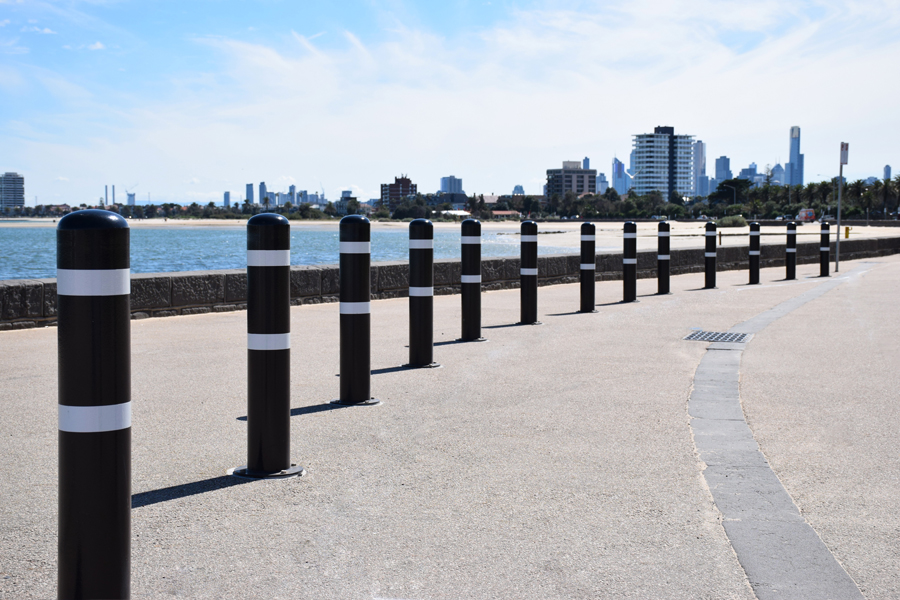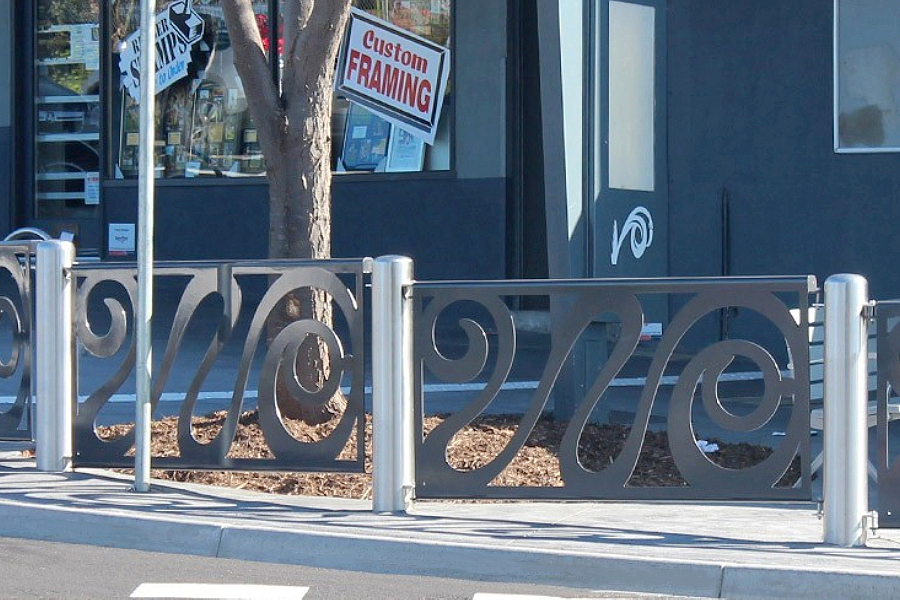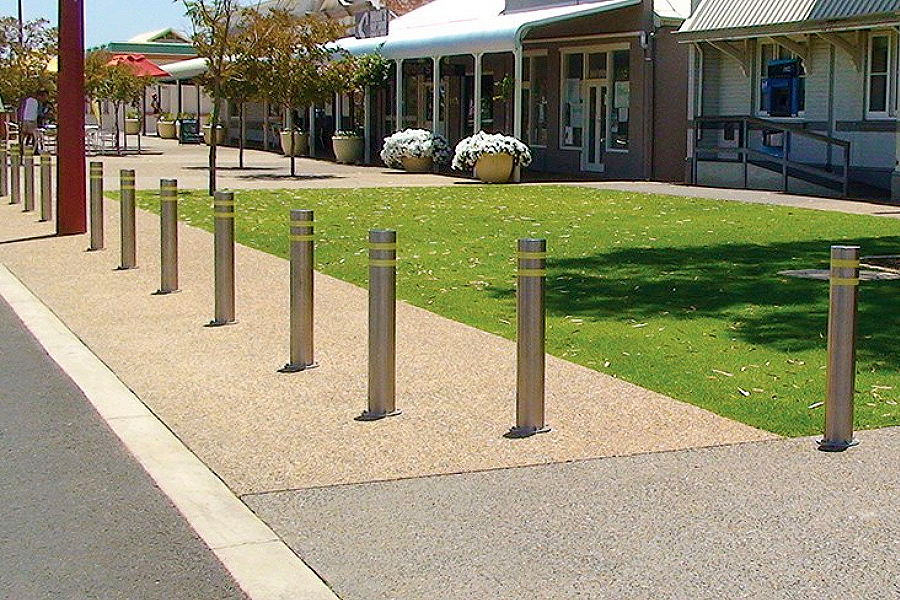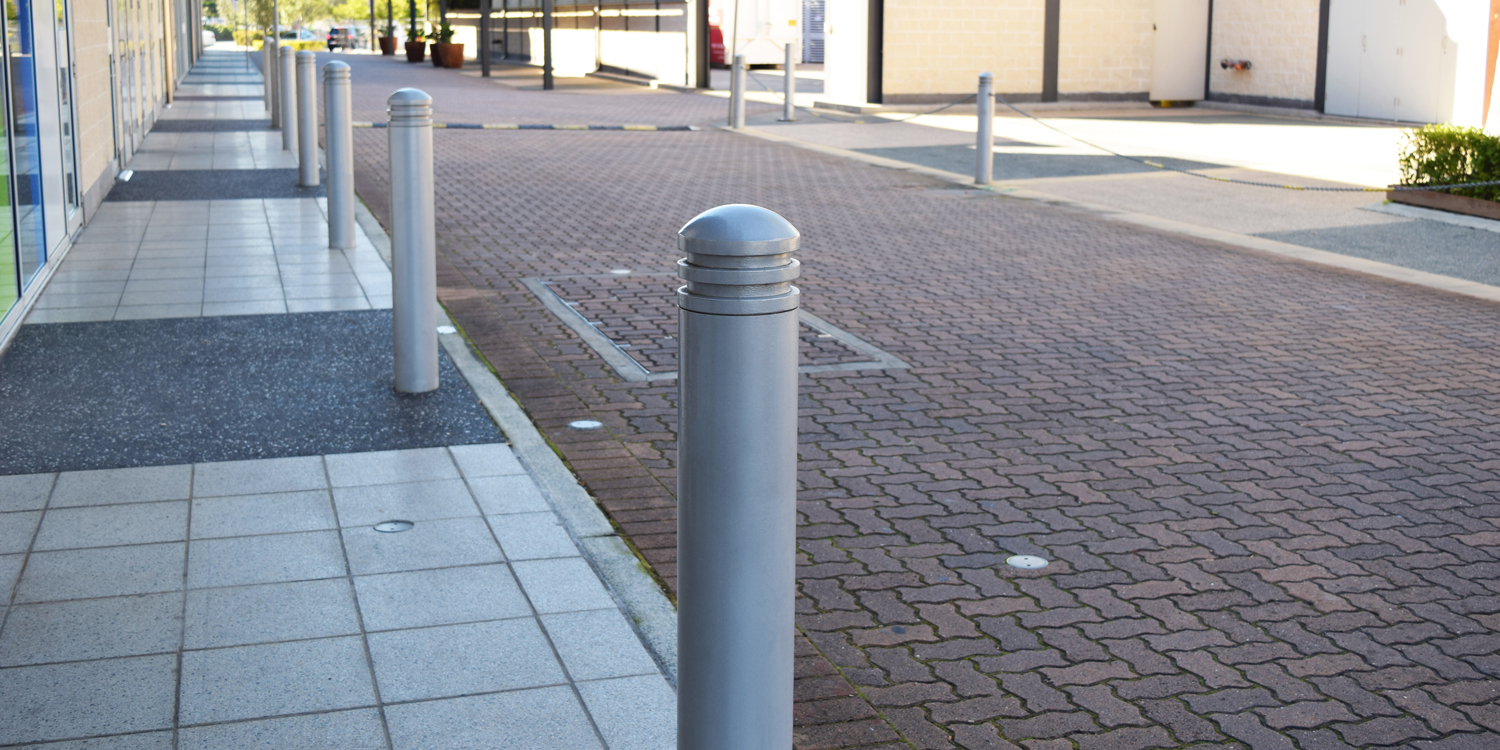They can be a silent security guard, or a subtle director of pedestrian traffic. You may even use one to tie your dog while visiting a shop.
Most people, if asked, may not even know what they are called, but they are as common as cars and shopfronts.
Those long, thin obstacles rising from the ground are called Bollards.
1. How were bollard named?
The word “bollard” is thought to have come from the term “bole”, meaning a tree trunk. The earliest known English reference to the term traces back to the mid 1800’s, relating to maritime “bollards” used to tie ships to wharfs.
2. The first use of bollards
The first bollards are thought to have been cannons buried in the ground muzzle-first in the 17th and 18th centuries, used to attach ropes and moor ships alongside quaysides. Purpose-built bollards of the 19th century inherited a similar “cannon” shape.
When horses were the main mode of transport, bollards used for basic traffic management were always made of wood. With the advent of the motor vehicle, metal bollards presented sturdier protection for structures and pedestrians alike.
3. There are three main ways to install bollards
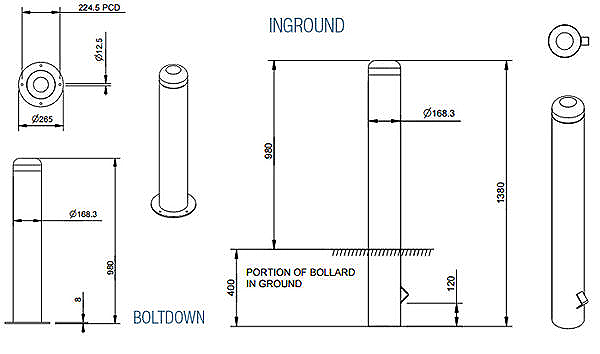
The purpose of the bollard will normally inform your choice of installation method. Bollards can be installed bolt-down, in-ground, or removable.
If the bollard is not primarily used as a protection against vehicular traffic, for example, just to direct pedestrian traffic or for atheistic purposes, then bolt-down will be sufficient. Dynabolts are the usual choice of anchoring.
In-ground, with its added strength, is a must if the bollard is being installed to protect building or people from vehicles of any type.
Removable is the choice if occasional access for vehicles is required.
If your concrete slab is already poured, you can still install in-ground bollards through use of a concrete core drill, with a wider diameter than the bollard.
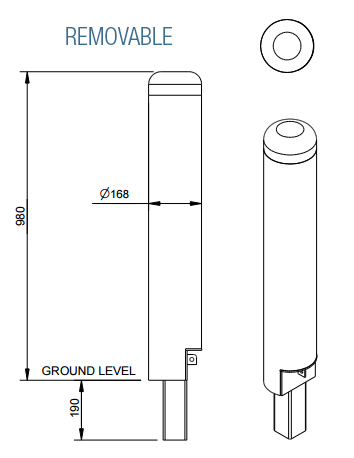
Concrete is then poured around the bollard to secure.
If the concrete on which the bollard is being installed is a rough surface, such as pebblecrete, in-ground is also advised to avoid an uneven fitting and a wobbly bollard.
The more of the in-ground bollard in the concrete, the stronger the result and the more lateral force can be absorbed, however the standard installation recommended by Furphy is 400mm in-ground.
Removable Bollards can be manually lifted out of the ground when unlocked with a key, but have a base that is permanently fixed to the ground.
4. Check for underlying services
When installing an in-ground or removable bollard, always remember to firstly check for underlying services such as water or electricity. Why not ask a Project Consultant from Furphy Foundry for assistance?
Furphy Foundry’s range of Bollards is broad with some, such as the London Bollard and Old Sydney Bollard designed for bolt-down.
Many others, such as the Gable Top Bollard can be installed bolt-down, in-ground or removable.
Furphy Foundry’s expertise extends to customising bollards for high security environments, through to decorative pedestrian bollards. Contact us today to discuss your individual requirements.

